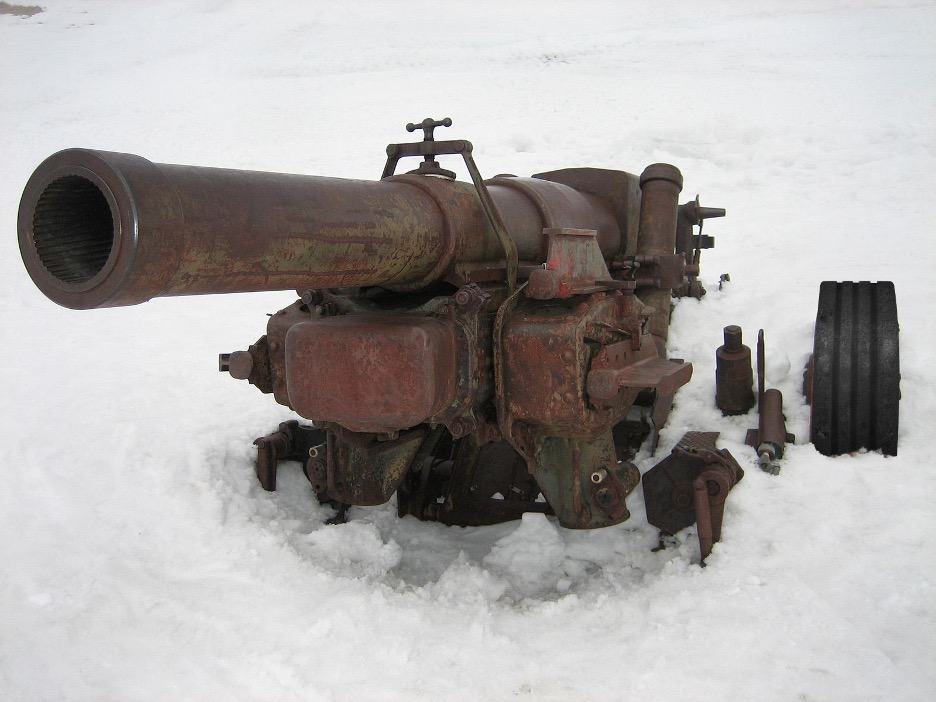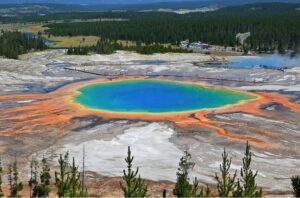
Figure 1: A climber traverses the Marmolada glacier’s dangerous slopes, high in the Dolomite mountains of Northern
Source: Wikimedia Commons
The Marmolada glacier is known by locals as the “Queen of the Dolomites.” Resting high in northern Italy’s Dolomite range, the glacier is larger than any other in the region and adorns the range’s highest peak: the Marmolada mountain. But according to a recent study published in Remote Sensing of Environment, the Marmolada mountain may soon lose its crown (Santin, 2019). The glacier has been gradually shrinking since the beginning of the last “Little Ice Age” (around 1860), and this glacial melt has increased rapidly in the last thirty years. Between 2004 and 2014, the glacier’s ice volume decreased by 30 percent, and the area covered by ice decreased by 22 percent. In 2004, the thickest part of the glacier was 50 meters; ten years later, it was only 40 meters thick. If these trends continue, Marmolada won’t exist by 2050, and some scientists suggest that its lifetime will be even shorter (Giuffrida, 2020). And as Marmolada melts, so does its rich history.
During World War I, Austro-Hungarian troops built a supply tunnel through the glacier to hide from enemy fire (Marmolada Grande Guerra, n.d.). After construction began in 1916, the soldiers realized these tunnels also protected them from sudden avalanches and the biting cold. Ten months later, the soldiers had expanded their interlocking ice tunnels to a length of 12 kilometers—large enough to house 200 soldiers. Inside were storerooms, barracks, kitchens, and even chapels. This was the beginning of the “Città di Ghiaccio” — the Ice City (Marmolada Grande Guerra, n.d.). This was a remarkable feat for the day; no engineering project of such risk and ambition had ever been undertaken in a glacier (Marmolada Grande Guerra, n.d.).
But as the troops settled into their icy bunker, crevasses yawned open, swallowing lives (Marmolada, Regina delle Dolomiti, n.d.). Tunnels collapsed, crushing everything inside. The ice wasn’t inert — instead creeping, flowing and collapsing. What the engineers saw as inert was rather something in constant flux. The term glacier, after all, derives from the French glacière, meaning “a moving mass of ice” (Online Etymology Dictionary, 2020). By making their homes inside a river of ice, fighting battle in the bitter wind, and climbing snowy slopes prone to avalanches, the battalion had met enemies even deadlier than the Italian soldiers stationed nearby. Two-thirds of the troops killed on Italy’s Alpine front were killed by the elements, and this period of high-altitude combat on the Italian front later became known as The White War (Gravino, 2014).
The Ice City was abandoned in 1918. Soon after the initial collapses, the entire network of tunnels, soldiers’ bunks, and possessions disappeared into the ice (Gravino, 2014). The only people to return in the decades to come were salvagers, who collected old metal scraps to sell by the pound (Gravino 2014).

Figure 2: An Italian Howitzer OTO Merlara Cannon, a century after its use in World War I, was recently revealed as the glacier melts due to climate change
Source: Wikimedia Commons
Today, as the Marmolada glacier flattens and retreats, cannons and corpses from the Ice City’s past have been brought to the surface. In 2010, a vast ice chamber was revealed, complete with bunk beds and a storeroom (Gravino, 2014). Archaeologists even found a deck of playing cards and a photo of a woman that was still intact. If the glacier continues to melt at this rate, many more items may be revealed. But the structure—the carefully carved walls in which soldiers ate, played cards, and dreamed—will turn to water. With the Marmolada’s melt comes the loss of all the Marmolada glacier inspired, and all it destroyed.
References
Giuffrida, A. (2020, September 1). Queen of the Dolomites glacier could vanish within 15 years. The Guardian.
Gravino, M. (2014, October 18). A Century Later, Relics Emerge From a War Frozen in Time. National Geographic.
Marmolada Grande Guerra. (n.d.). Retrieved November 1, 2020, from http://www.museomarmoladagrandeguerra.com/en/the-museum/history/
Santin, I., Colucci, R., Žebre, M., Pavan, M., Cagnati, A., & Forte, E. (2019). Recent evolution of Marmolada glacier (Dolomites, Italy) by means of ground and airborne GPR surveys. Remote Sensing of Environment, 235, 111442. doi:10.1016/j.rse.2019.111442
The Marmolada’s glacier, the symbol of the First World War and skiers paradise – Official Website of the Dolomites. (n.d.). Retrieved November 1, 2020, from https://www.dolomiti.org/en/marmolada/da-non-perdere/Glacier/
Related Posts
Modeling Maximum Running Speed in Animals
Figure: Two cheetahs lie side by side. As the fastest...
Read MoreThermophilic Life in Yellowstone National Park Challenges the Physical and Chemical Limits of Survival
Cover Image: Grand Prismatic Spring in Yellowstone National Park (Source:...
Read MoreTo safeguard Africa’s topmost predators
From Nepal’s bengal tiger to Kenya’s big Lions, conservation of...
Read MoreEva Legge




Comments are closed.